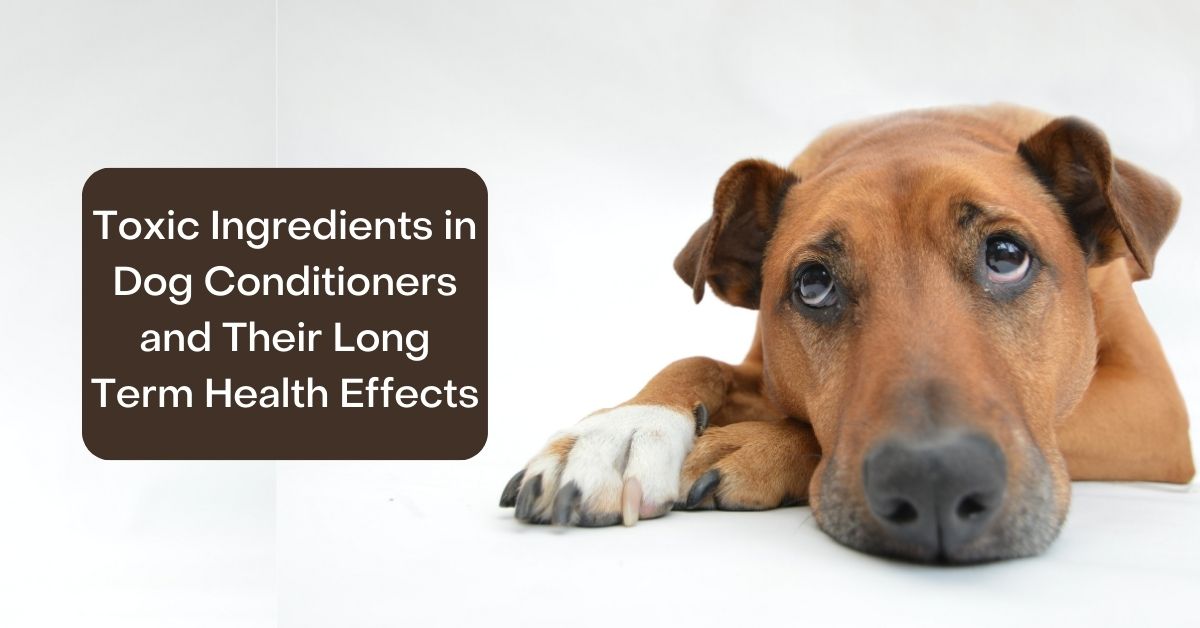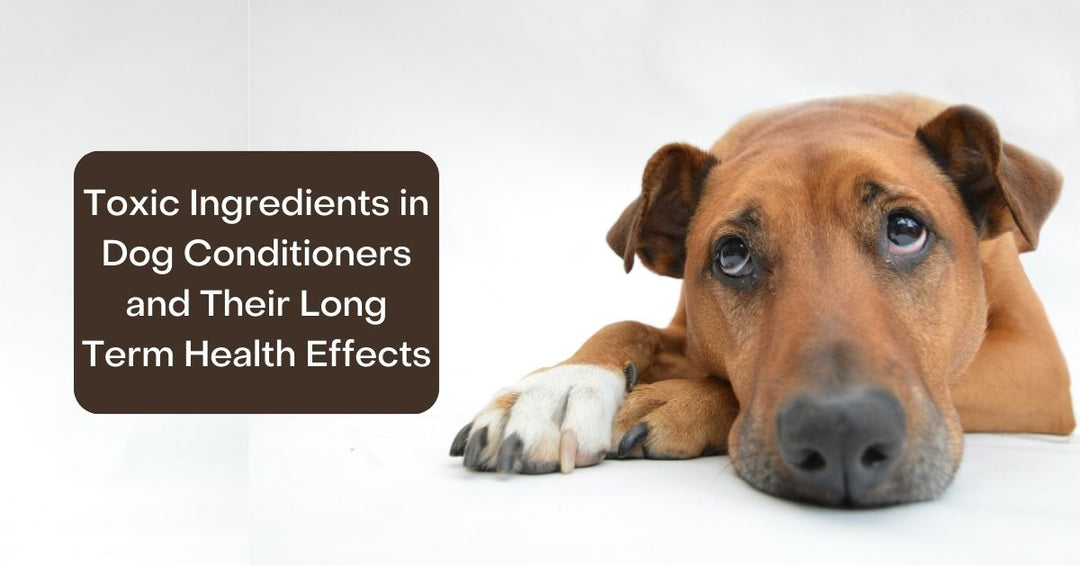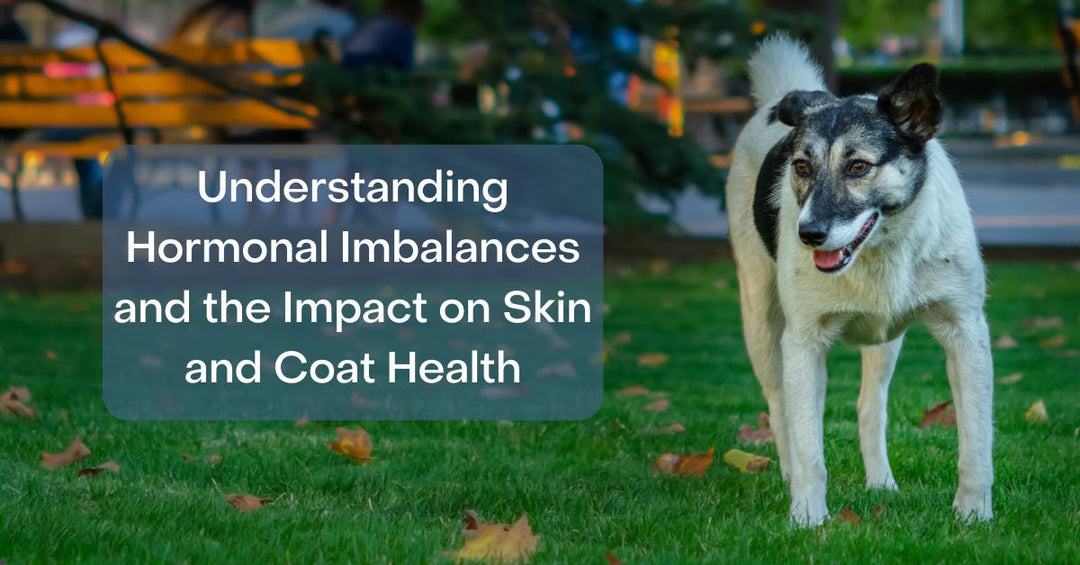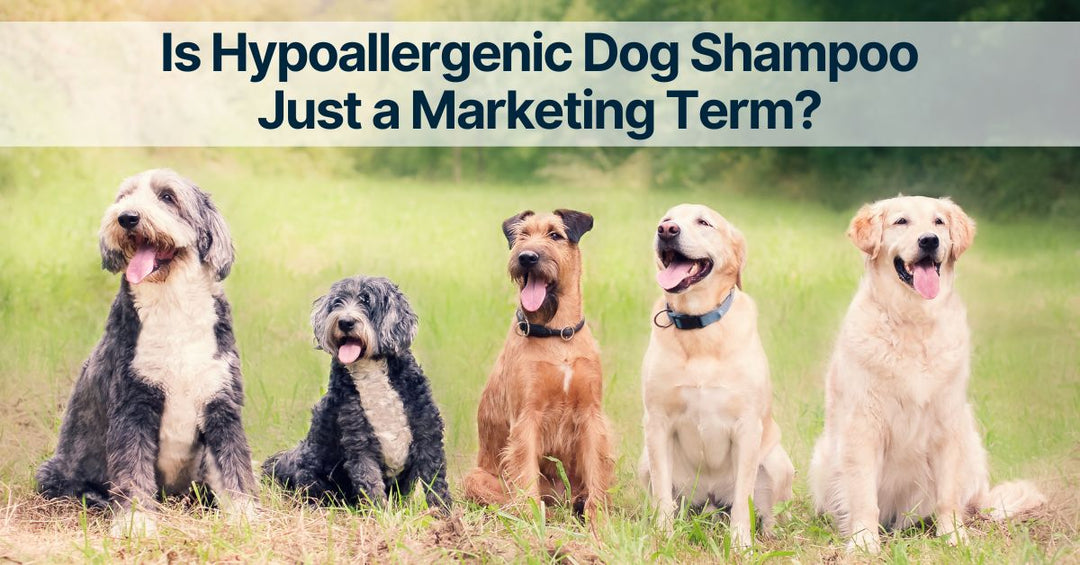Toxic Ingredients in Dog Conditioner and Their Long-Term Health Effects
While walking my dog a few days ago, a couple stopped and asked if they could pet my Havanese.
The answer was, of course, yes.
They commented on how silky her coat was and asked what shampoo I use.
I proudly told them that I use 4-Legger organic dog shampoo.
They then asked me what conditioner I use.
I smiled and said that on her, I don't use conditioner because she doesn't need it. Her body and skin are healthy. She has been fed a balanced raw diet and the only shampoo to ever touch her body is 4-Legger.
I then went on to explain that on my other dog, who was at home playing with her ball, I use 4-Legger apple cider vinegar conditioning rinse, not traditional cream style conditioners. When I adopted her from the rescue, her skin and coat was damaged and while better, she still sometimes needs a conditioner.
She mentioned the shampoo and conditioner they use on their dog, commenting that their dog's coat is not as healthy.
We talked about the ingredients in shampoo and conditioner and it dawned on me that we talk a lot about the ingredients in shampoo but we don't talk a lot about the ingredients in conditioners.
It is time to change that!
In this blog post, we'll delve into the toxic ingredients commonly found in dog conditioners, their potential health impacts, and how we can make safer choices for our beloved dogs.
10 Common Toxic Ingredients in Dog Conditioners
-
A Blend of Conditioners with Proprietary Detangling Agents: Commonly listed on many dog conditioners, these are NOT ingredients. This is a manufacturer trying to hide the ingredients in their conditioner. If you see this walk away!
-
Vegetable-derived conditioner and detangler: Another way to describe ingredients without actually disclosing what they are. If you see this .... walk away
-
Behentrimonium Methosulfate: This has links to allergies and immunotoxicity along with developmental / reproductive toxicity at moderate doses.
-
Parabens (Methylparaben, Propylparaben): These are widely used as preservatives in cosmetics and grooming products, including dog conditioners. Parabens can disrupt hormone function by mimicking estrogen, potentially leading to reproductive issues and even an increased risk of cancer.
-
Phthalates: Used to enhance the fragrance of products, phthalates are another group of chemicals that can interfere with hormones and are linked to reproductive and developmental issues in animals.
-
Formaldehyde and Formaldehyde Releasers (DMDM Hydantoin, Imidazolidinyl Urea): These chemicals are used as preservatives and are known carcinogens. They can also cause skin irritation and may lead to skin sensitization or allergic reactions after prolonged exposure.
-
Artificial Fragrances and Colors - While these make products more appealing to humans, they can cause allergic reactions, dermatitis, and are often made from a cocktail of chemicals that can be toxic to animals.
- Polyquaternium-10: A preservative with links to non-reproductive organ system toxicity (moderate). Has high contamination concerns (high) from acrylamide (which has links to cancer).
- Preservative: If you see this on the bottle, be very cautious as the manufacturer isn't disclosing the type of preservative ingredient being used.
- Propylene Glycol: Used as a skin conditioner that can retain moisture but has links to skin irritation, organ system toxicity and can increase the skin's absorption which is very significant if the manufacturer is using other ingredients you wouldn’t want to be absorbed into your dog.
Long-Term Impact on Dog Health
The long-term exposure to toxic ingredients in dog conditioners can have various detrimental effects on canine health. Skin issues are the most immediate and visible impact, ranging from dryness and itching to more severe reactions like dermatitis.
Over time, the hormonal disruptions caused by chemicals like parabens and phthalates can lead to more serious health issues, including endocrine disorders and even cancer.
Moreover, these ingredients can have environmental impacts as well, contaminating water sources and affecting wildlife if you bathe your dog outside. This adds an ecological dimension to the problem, where the health of our pets and our environment are interconnected.
Safer Alternatives for Your Dog
To protect your dog from the potential risks associated with toxic ingredients in conditioners, consider the following tips:
-
Check Labels Carefully: Become familiar with harmful ingredients and read product labels before purchasing grooming products. Use the pet shampoo ingredient database to check each ingredient.
-
Choose Natural and Organic Conditioners: Opt for conditioners made with natural or organic ingredients, such as 4-Legger Restore: Organic Apple Cider Vinegar Conditioning Rinse. This product is USDA Certified Organic which automatically eliminates all of the previously listed ingredients since NONE of those are approved for use in Certified Organic products.
Your Next Steps
While it may require a bit more effort and diligence, choosing a safer conditioner for your dog is crucial for their long-term health and wellbeing.
By being informed about the harmful ingredients commonly found in dog conditioners and opting for healthier alternatives, you can help ensure that your dog’s grooming routine is safe for the long term health of your dog.
Next week we’ll take a deep dive into the ingredients found in 4-Legger “Restore” which is our USDA Certified Organic conditioning rinse. When compared to the most commonly used ingredients in other conditioners as described, you’ll quickly see the difference and how important it is to choose wisely. Ingredients really do matter which is why 4-Legger will always place ingredient purity and product integrity above every other priority when it comes to our products. No exceptions!





